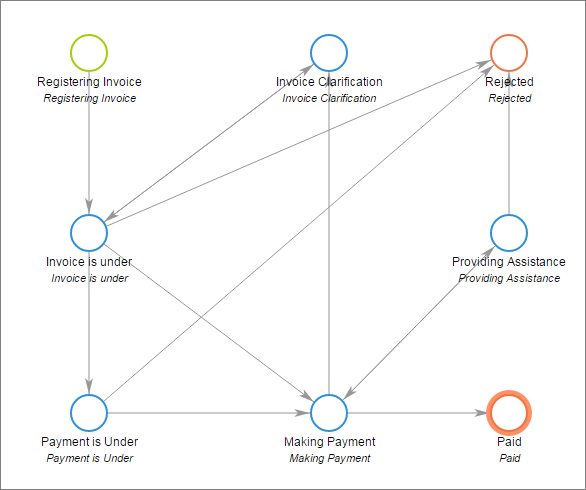Whether you specifically define them or not, your organization has workflows, because that’s how things get done – how products get made and how services get delivered. The problem with undefined workflows is that they often develop quickly, out of need, and not necessarily with enough foresight to make them efficient. Then, over time, that inefficient workflow becomes entrenched, making the inefficiency harder to break out of. Read on for workflow process mapping basics and effective process mapping steps, and get risk-free trial of CMW Tracker to put it into practice and dramatically improve your business effectivity right away.
Key Benefits of Workflow Process Mapping
Workflow mapping is designed to address the precise scenario described above. With workflow mapping, you map out the steps of your processes so you can understand them, evaluate them, and improve them. Workflow mapping creates a “roadmap” that you can look at to see if you’re taking the most efficient route from order to completion, whether you make physical products or provide services. The key benefits of process mapping come to:- Better understanding of a process
- Improved communication between employees engaged in a process
- Easier ongoing process improvement
Workflow Process Mapping as a Learning Tool
When you map out workflows, you’re creating a baseline view of a process. That’s why it’s critical that you map out a process as it actually is, not as you wish it were. That comes later. Meanwhile, you have your work cut out for you, because most processes go undocumented. The good news is, when you map workflow processes out, you’ll almost certainly see opportunities for improvement.Your workflow process maps are designed to document processes and give you a reference point and a bird’s eye view of how things get done. From there, you can analyze the steps in a process and determine whether some can be automated, or if extraneous steps could be cut out. You may be able to successfully combine some steps to streamline the process. Here is an example of a workflow mapped in CMW Tracker for better idea:
Workflow Mapping Can Lead to Optimizing Efficiency
Though it doesn’t have to be, workflow mapping is often done as part of a re-engineering project. When you and your work team can see a clear illustration of how certain steps create processes and how processes flow together into workflows, you have the best opportunity to recognize inefficiencies and root them out. Workflow mapping is usually best done with workflow automation software that lets you take baseline workflows, modify them, implement them, and then measure whether they result in more efficiency, lower costs, or higher revenues.Improved Communication Between Employees Engaged in a Process
Process maps provide a valuable insight into a process, identify bottlenecks, workflow task repetition and help teams with reaching common ground and brainstorming process improvement ideas. When information is presented visually and important issues are highlighted, it increases understanding and collaboration between team members and as a result it becomes much easier to define process boundaries, agree about process ownership, responsibilities and effectiveness measures. So, mapping out processes and further automation of these processes is a splendid way to boost operational efficiency in any organization. With drag-and-drop process mapping, quick-win workflow automation and online collaboration, CMW Tracker makes it easy to map processes and complete workflow tasks anytime and from anywhere:The Right Software Makes Workflow Process Management Easier
A reputable workflow management software solution will include an intuitive interface that makes mapping processes simple and straightforward. In fact, this is one of the most important features workflow management software can have, because without effectively mapping your workflows, you won’t be able to make improvements. Your software should also allow flexibility in diagramming alternate workflow patterns, regardless of how simple or complex they may be. Most organizations find cloud hosted solutions preferable because they allow your team to focus on solutions, rather than maintaining on-site hardware and software.Workflow mapping software today doesn’t require having extensive IT skills, because the latest in workflow process mapping software offers an intuitive interface and a short learning curve. When an organization is determined to evaluate and improve workflow processes, they want to get to work right away rather than having to wait for the IT team to set up the hardware and software and train key employees on how to use it. Workflow software by CMW Lab allows organizations to create process maps and manage workflows within departments, or across departments throughout the organization, with a powerful, user-friendly interface that lets you start right in.

